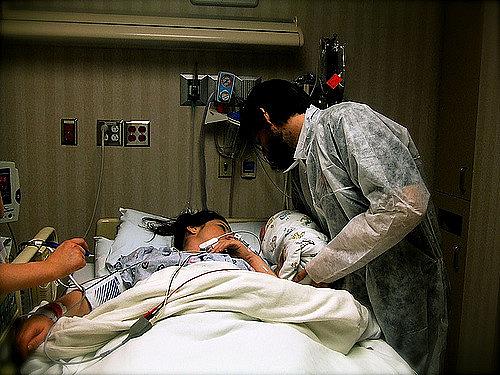C-section rates still vary widely, but data deep dive could hold keys to improve care

There are great disparities in maternal care, even within limited regions. To start with an obvious but crucial example, hospitals vary widely in the proportion of deliveries they perform via Cesarean section. At Montefiore Medical Center in the Bronx, 33 percent of births are surgical while a few miles away, at North Central Bronx Hospital, the rate is 25 percent. Go north to White Plains Hospital Center and the rate is 44 percent; head west to St. Mary’s Hospital in Passaic, and it’s 54 percent.
This variation in C-section rates has been well explored, but journalistically, there is much more to do: What is the impact on women from these surgeries? What are the complications? What are the costs? What is being done to reduce these rates, and which strategies are succeeding and failing? How does this all affect different communities?
And that’s just C-sections. What about variations in epidurals, episiotomies, neonatal intensive care admissions, tubal ligations, and introduction to breast-feeding?
Hospitals typically say they have high levels of intervention, high complication rates, and high costs because they have patient populations with high needs. There is much literature suggesting hospitals are shifting the blame, and that these variations have much more to do with clinical culture and local economics than with patient complexity. But much of this academic research has been done at the regional level, not the hospital level.
Depending on where you are, patients can get some of these data points — such as C-section rates — but patients are generally left to figure out on their own what they mean. And while they can find complication rates related to countless other hospital procedures and use that information to inform their choices, for maternity care these rates either don’t exist publically or if they do, they are not in a usable form.
A local health economist and I will be digging into a rich trove of inpatient data to analyze the relationship between hospitals’ rates of intervention and complications. As part of my 2016 National Fellowship project, we will look for patterns and identify the places with the best and worst performance. With the help of WNYC’s Data Team, we will develop a robust, user-friendly lookup tool that brings together these perinatal procedure rates with complications and costs. We will look at the personal, physical, medical and emotional costs to patients and communities. And we’ll look at the economic costs, not only to individuals but to taxpayers and insurers as well.
[Photo by Kelly Sue DeConnick via Flickr.]

